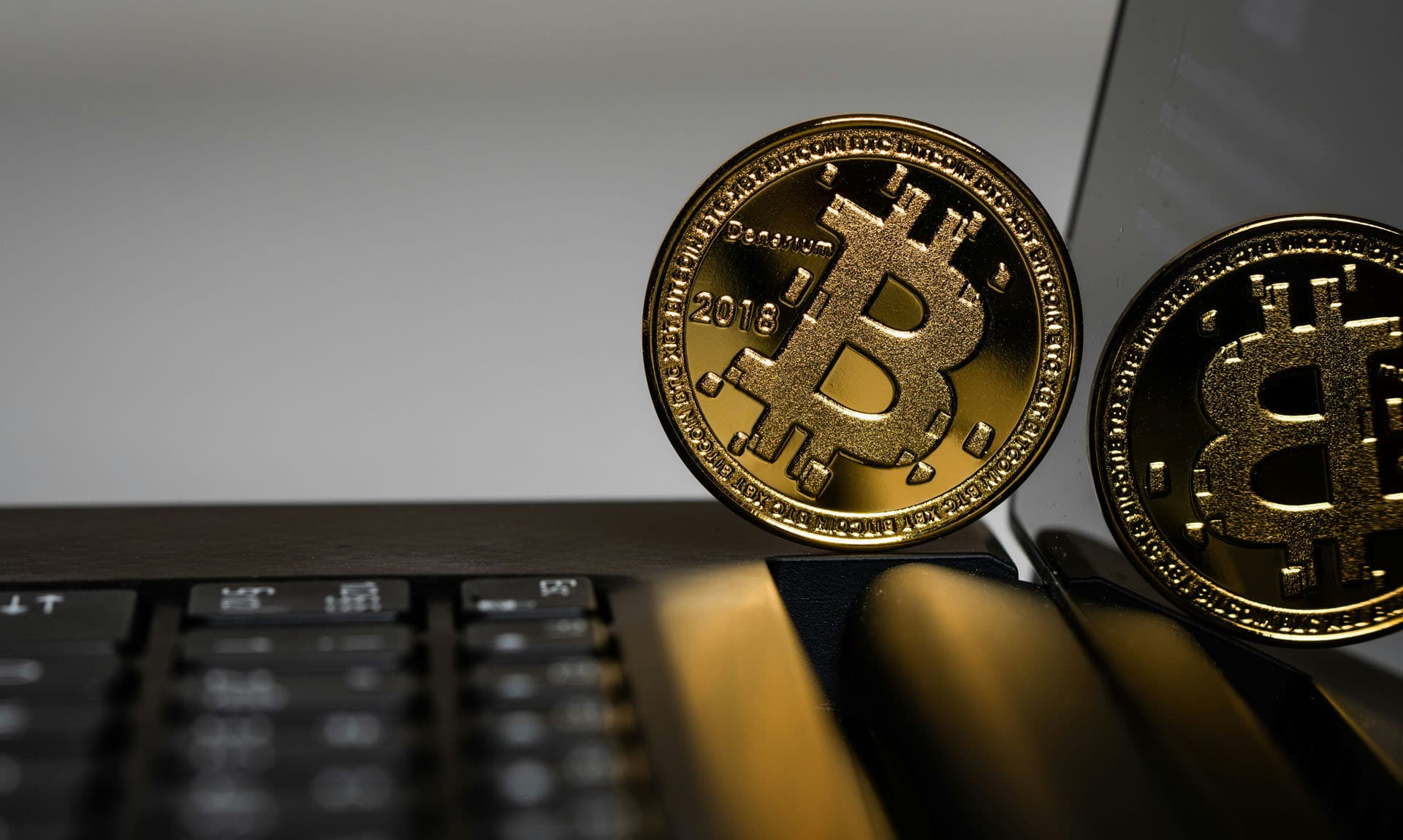What is Bitcoin Halving? A Key Event That Influences Price Explained

Bitcoin halving is a critical event in the cryptocurrency ecosystem, essential for anyone looking to enter this field to understand. Simply put, Bitcoin halving refers to the reduction of block rewards miners receive by half after every 210,000 blocks are generated on the Bitcoin network. This mechanism not only impacts Bitcoin's supply but can also significantly influence its market price. For cryptocurrency beginners, understanding how Bitcoin halving works and its historical context is crucial for grasping market dynamics and making informed investment decisions. As Bitcoin's popularity and acceptance continue to grow, mastering this concept will give you an edge in future investments.
What is Bitcoin Halving?
The Principle of Bitcoin Halving
Bitcoin halving is a mechanism embedded in the Bitcoin protocol designed to control its issuance rate. Satoshi Nakamoto, the creator of Bitcoin, incorporated this feature to address inflation risks by halving block rewards every 210,000 blocks. This ensures Bitcoin's scarcity as its supply gradually decreases over time, eventually capping at 21 million coins.
How Halving Works
In the Bitcoin network, miners validate transactions and bundle them into blocks by solving complex mathematical problems. As a reward, they receive a certain amount of Bitcoin for successfully mining a block. Initially, miners earned 50 Bitcoin per block, but this amount has progressively reduced over time due to halving events.
The first halving occurred in 2012, reducing block rewards to 25 Bitcoin. The second halving happened in 2016, cutting rewards to 12.5 Bitcoin. The third halving in 2020 reduced rewards to 6.25 Bitcoin. The fourth halving, in April 2024, lowered rewards to 3.125 Bitcoin.
Halving events occur approximately every four years, gradually reducing Bitcoin's total supply until it reaches the 21 million cap by 2140. This design makes Bitcoin a deflationary asset with predictable and limited supply. Consequently, each halving may significantly impact market prices. According to supply and demand principles, when supply decreases while demand remains stable, prices typically rise. This prompts miners to carefully weigh costs and benefits during mining operations.
The Impact of Bitcoin Halving
Supply and Demand
As the supply of new Bitcoin decreases, strong market demand can often drive prices higher. Economic principles dictate that when supply drops but demand remains constant, asset prices tend to rise. However, it's important to note that market sentiment and external factors can also influence price trends.
Mining Ecosystem
When block rewards are reduced, some miners may exit the market due to lower profits, potentially causing a decline in the network's total hash rate. However, the system automatically adjusts mining difficulty to maintain a stable block generation rate. Miners must also consider factors like electricity costs and equipment efficiency. As a result, highly efficient miners may benefit, while others may face challenges.
Market Psychology
Investors' expectations about future price movements can drive market volatility. Historically, after each halving, investors have anticipated price increases, leading to early market entry. Additionally, media coverage and discussions on social media often amplify market sentiment, making it crucial for beginners to understand these dynamics.
A Historical Look at Bitcoin Halving
Recent Halving Events
Bitcoin has undergone four major halving events, each profoundly impacting the market:
In 2016, block rewards decreased from 25 to 12.5 Bitcoin. Following this, Bitcoin's price surged from approximately $450 to nearly $20,000, sparking widespread attention and investment.
The third halving in 2020 reduced rewards to 6.25 Bitcoin. Despite some price fluctuations, Bitcoin reached an all-time high of around $64,000 in 2021, attracting new investors and institutional interest.
The latest, fourth halving occurred on April 19, 2024, lowering block rewards to 3.125 Bitcoin. This event triggered a rapid price increase from approximately $63,000 to over $65,000. Coupled with the launch of Bitcoin ETFs in the U.S. and the election of a crypto-friendly president, Bitcoin prices soared to a record high of $100,000.
The Next Halving in 2028
Following the 2024 halving, Bitcoin’s supply growth will slow further, potentially intensifying market demand. If demand continues to rise, prices could increase. However, heightened market volatility is also likely, making it essential for beginners to stay cautious and closely monitor trends and data to adjust their strategies accordingly.
Some analysts predict the 2028 halving may spark a new bull market, while others believe the market's maturity might reduce its sensitivity to single events. Beginners should seek reliable information to better understand potential trends and changes.
Tips for Beginners
For cryptocurrency newcomers, here are some important suggestions regarding Bitcoin halving:
- Avoid Blind Following: While market hype and media coverage may spark interest, understanding the risks is critical. Always research thoroughly before making investment decisions.
- Choose a Suitable Strategy: Consider strategies like Dollar-Cost Averaging (DCA) to mitigate risks and smooth out purchase costs. This method allows you to invest at different price points, reducing concerns over short-term volatility.
- Continue Learning and Staying Informed: The cryptocurrency market is fast-paced and ever-changing. Staying informed through online courses, books, or professional analysts will help you better navigate market dynamics.
Conclusion
In summary, Bitcoin halving is a significant event with major implications for the cryptocurrency ecosystem. It impacts supply, demand, and market sentiment. With the next halving approaching, we encourage readers to continue learning and staying informed to make wise decisions in this rapidly evolving field. By understanding Bitcoin and its mechanisms in depth, you will be better equipped to seize opportunities and capitalize on key moments in the cryptocurrency world.

